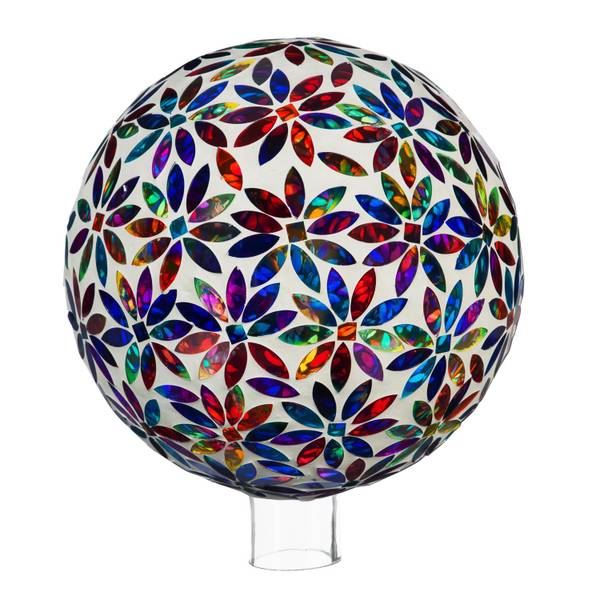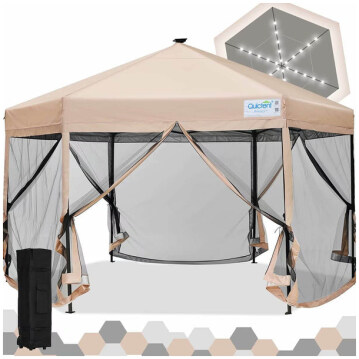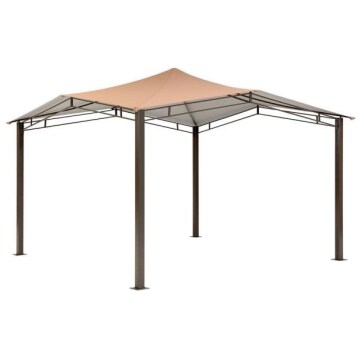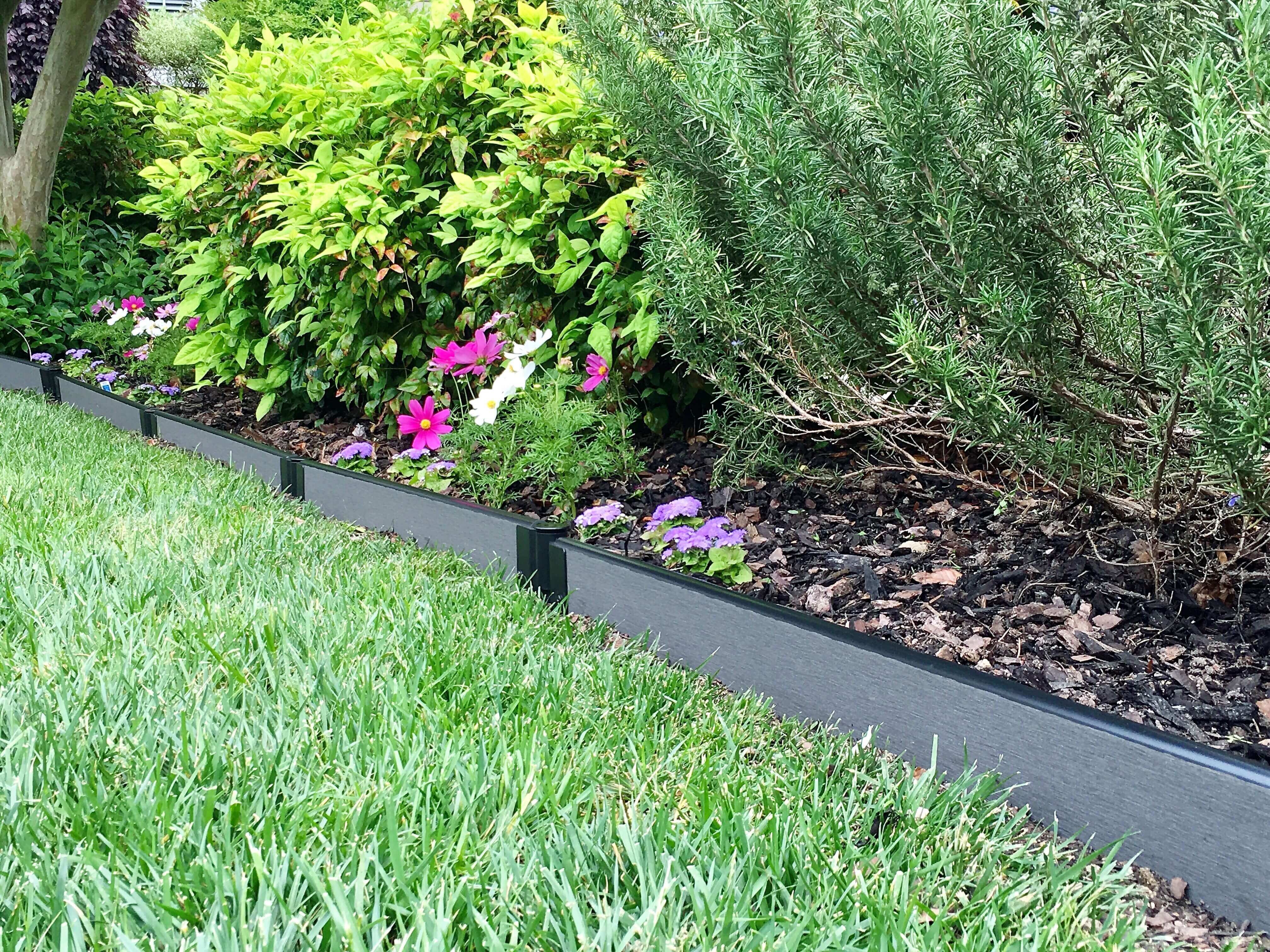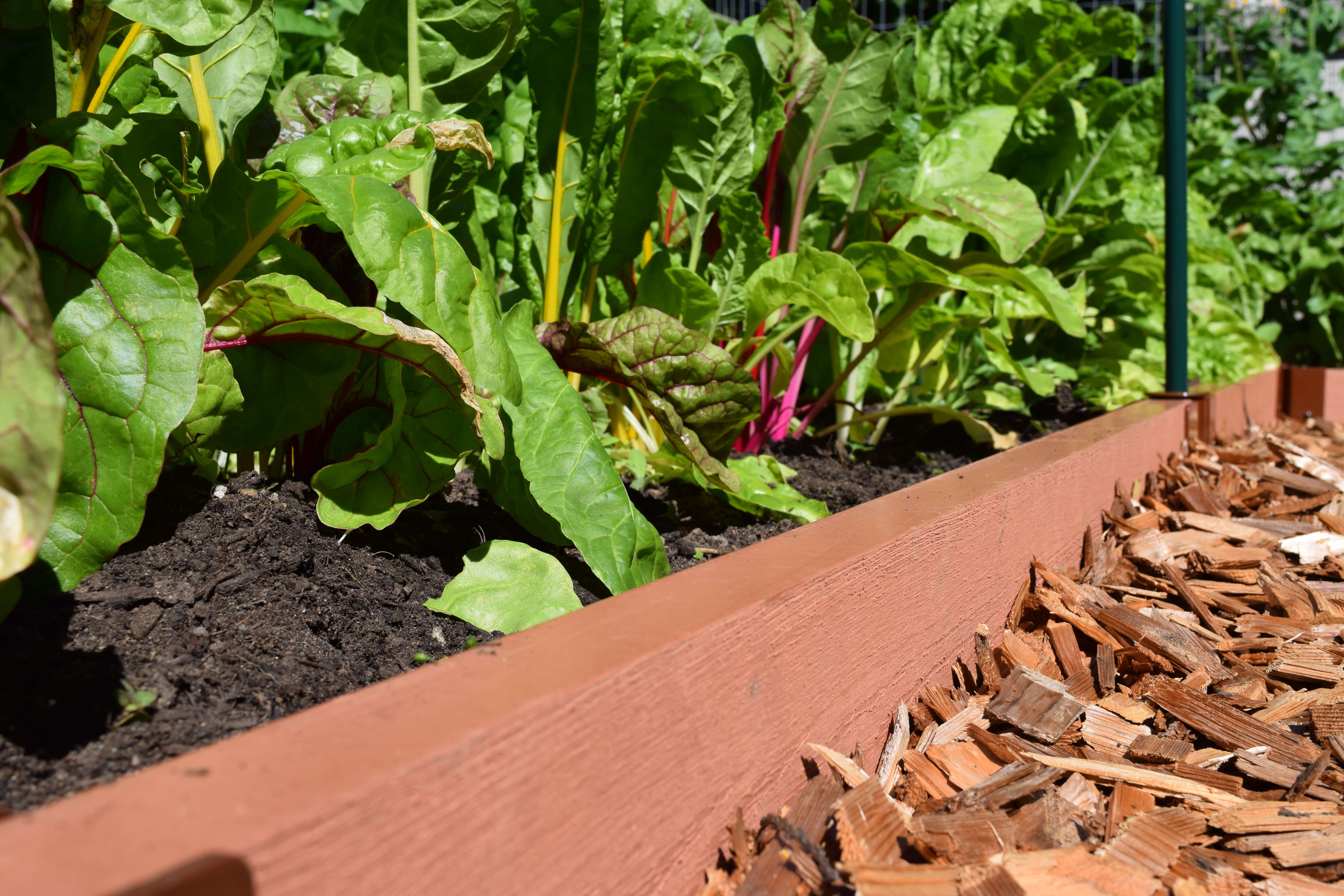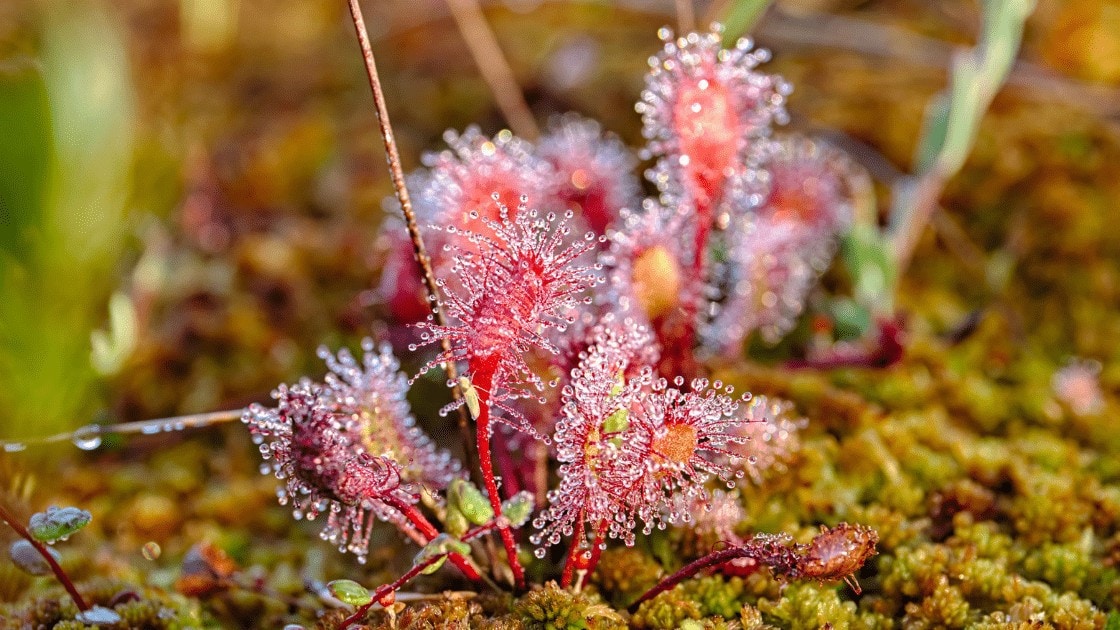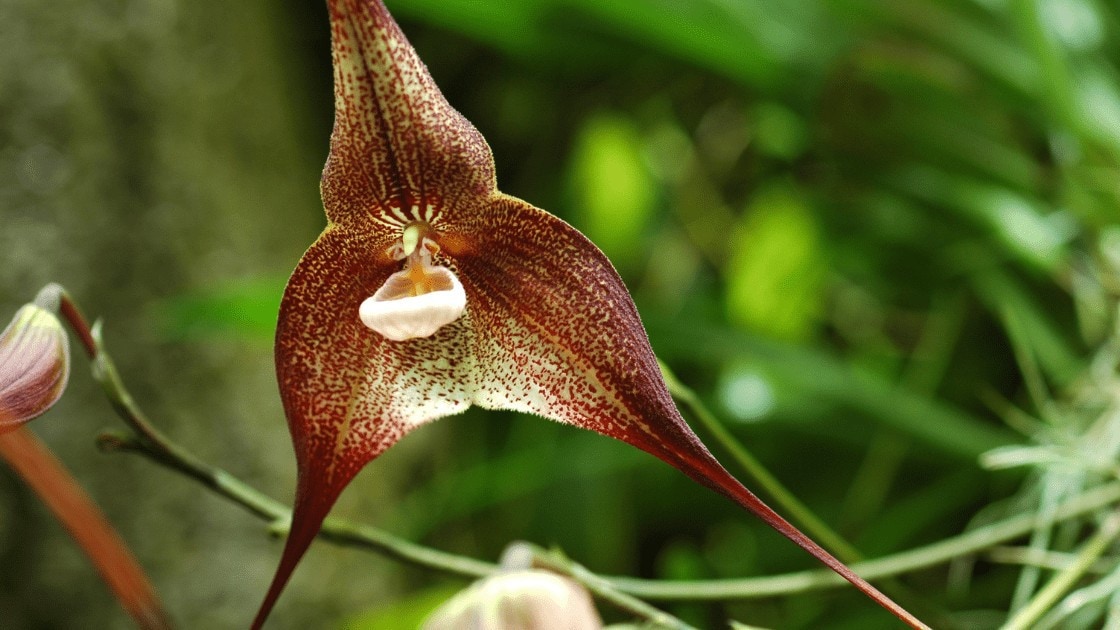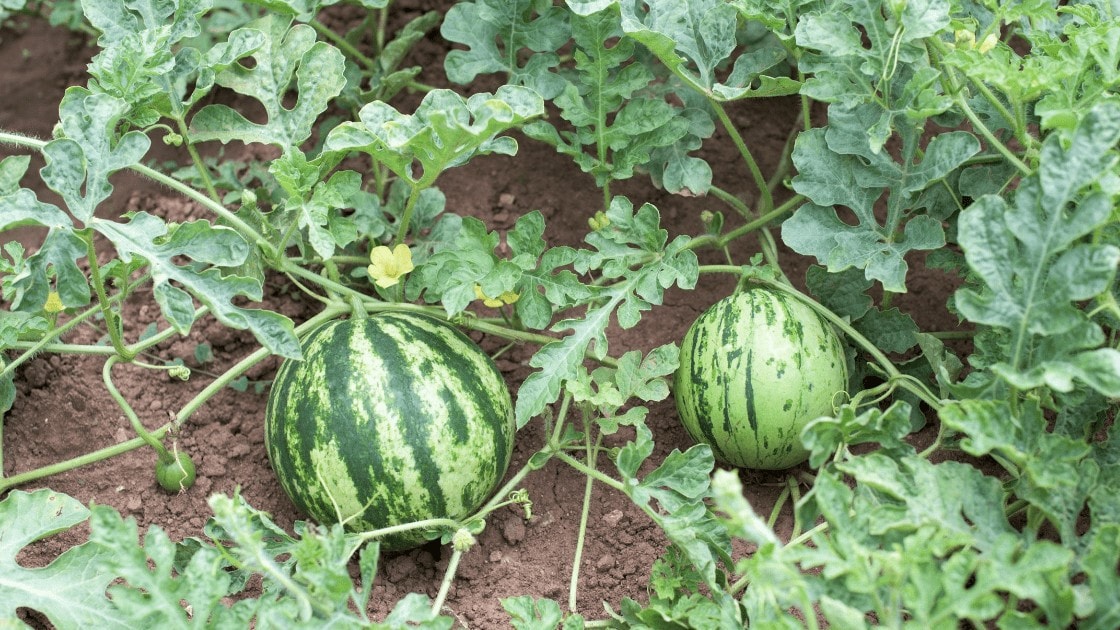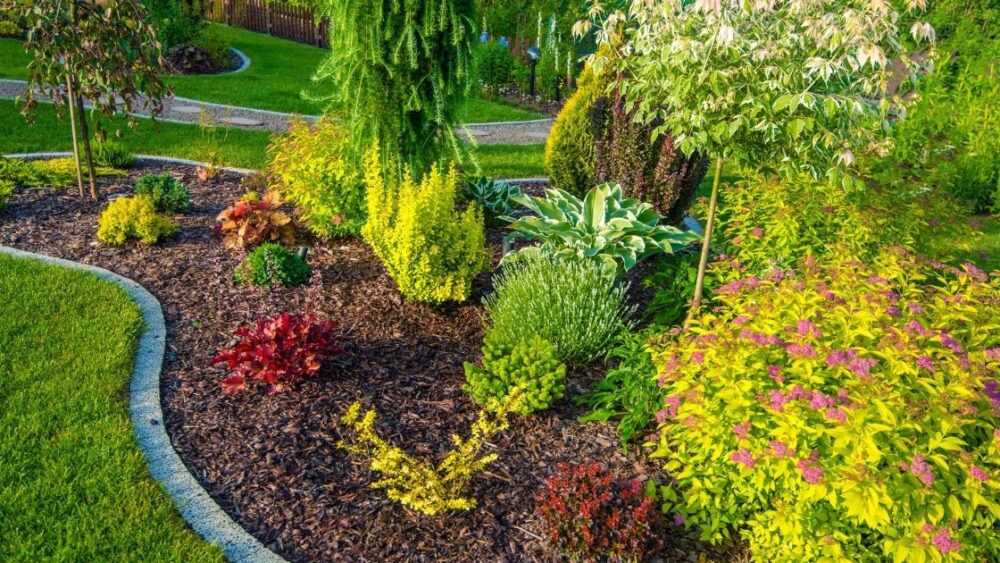
Depending on what you’re trying to achieve, landscape edging simply provides a border between lawns, walkways, and planter beds. Similarly, if you have a simple lawn area, it probably wouldn’t make sense. But if you have, and plan to install a fresh new garden and other features, this is where it really provides aesthetic and curb appeal along with design options. In this article, we will discuss in detail what landscape edging is, what it prevents, and what it’s used for.
What is the Purpose of Landscape Edging?

The biggest reason homeowners seek out landscaping in the first place is to cultivate an orderly, fresh presentation of their yard. By choosing the right combination of lighting, outdoor furniture, and landscape materials, you can create your own backyard utopia. Landscape edging does just this, by providing a clear-cut, crisp line between beds and other areas of your lawn and divides your outdoor space into distinct, separate areas.
This technique is important for both practical and aesthetic as show in the reasons below.
Browse our Affiliate Products
- Adds longevity to your landscaping bed: By installing wood, stone, brick, plastic, or any other type of landscape edging, you’re keeping mulch contained where it needs to be. By doing so, you’re allowing the mulch to nurture and sustain the soil.
- Links hardscapes and softscapes together: Hardscapes are any part of your lawn that is non-living (brick, stone, cement) while softscapes are the opposite (flowers, plants, gardens).
- Helps lead the eye to the next focal point: Just the simple feeling of pride you will get when you see others admiring your lawn is more than enough of a reason, right?
- Keeps loose material such as gravel, or rocks, contained: Landscape edging provides a distinct, clear-cut boundary between different types of lawn material.
- Creates a clear walkway: By keeping the loose materials contained, this enables your walkways to stay clear of any debris
- Easier to Maintain Planters and Grass: When keeping up with maintenance, it’s always easier to follow a path in which to line trim and edge.
- Work well with decomposed granite landscaping: If you like the dryscape design, having an edge around border areas really make the color stand out.
For more information on decomposed granite landscaping, check out this article. How to landscape with decomposed granite.
What Does Landscape Edging Prevent?
Not only is landscape edging optimal for maintaining an appealing aesthetic, but landscape edging serves a practical purpose as well.
By edging your lawn, you’re proactively preventing grass and weeds from growing where they shouldn’t be, while still keeping mulch and soil in place. Also when line trimming, you can follow the pattern while effectively removing grass while providing a clean edge line. This is extremely helpful for those who love detail work and finishes.
Installing this grass and weed barrier is necessary to ensure your lawn stays looking top-notch for as long as possible. Landscape edging gives you confidence when investing your money into a big home project such as lawn renovation.
Not only is landscape edging necessary to keep unwanted greenery out, but it also extends the longevity of your landscaping bed. Metal edging, in particular, is quite resilient to the elements and won’t rot away like wood. This keeps your garden beds safe and secure due to this ‘shield’.
For more information on landscape edging materials, check out this article. What can I use for Garden Edging? (Pros and cons)
How Deep and Wide Should a Garden Edge Be?
This question is not quite as cut and dry as it may seem. When it comes down to it, many factors come into play such as the slope of your lawn, what type of garden you’re creating, and what material of edging you want to use.
In a general sense, to ensure optimal protection of your flowers, or your vegetables, follow the six-by-six rule.
Six inches deep, by six inches wide is sufficient to provide a safeguard. Just remember, the lawn edging should stand a few inches above the surface.
Do you Need a Border for Mulch?
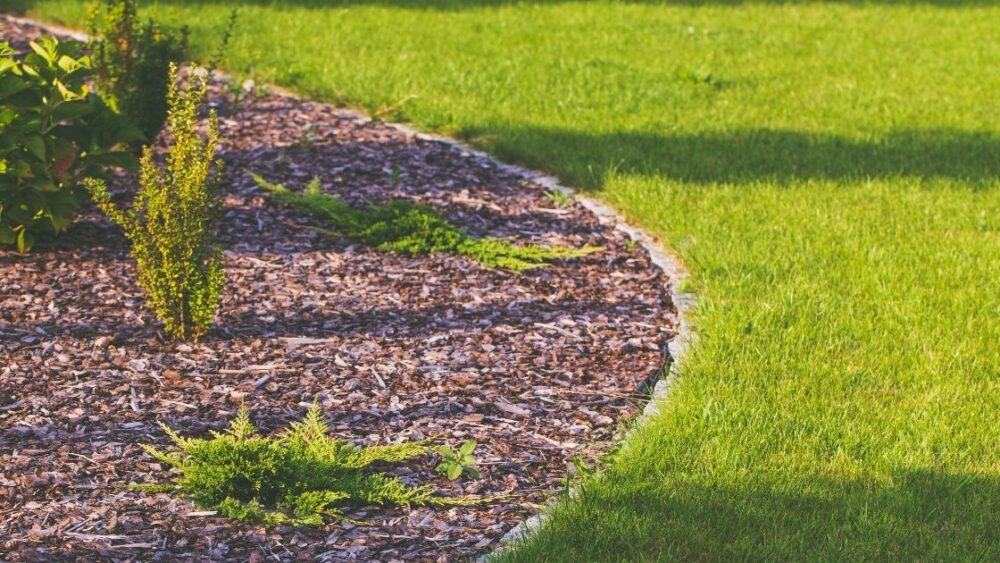
You may have heard of mulch before, you may have not. As springtime rolls around and the fresh smell of mulch fills the air, you may wonder what the purpose of mulch even is.
Mulch is essentially a superfood for your lawn. It not only fights off weeds, but it also retains moisture within the soil, prevents frost damage during the winter, and keeps soil cool in the summer. Organic mulch is composed of ‘once living’ components such as leaves, grass clippings, compost, straw, pine needles, and more. Using organic mulch provides the hefty added benefit of improving the soil of your lawn as it decomposes.
So, do you need a landscaping border for mulch?
While not absolutely required, it’s highly recommended to install a form of edging to keep mulch where it’s supposed to be. This could mean using wood, metal, plastic, or stone, or using softscapes such as edging plants to keep it contained. Ensure your edging is several inches high, as mulch will work its magic tremendously if it’s able to remain in the correct spot.
For more information on mulch, check out this article: Do I Have to Replace My Mulch Layer If It Has A Lot Of Weeds?
So, Is Landscaping Edging Necessary?
Landscape edging has a plethora of benefits and very few downfalls.
The biggest downfall when it comes to adding edging to your lawn is the risk of improper installation. If edging isn’t properly established it may cause drainage issues, causing muddy areas across the yard. So, unless you are skilled in this area, don’t attempt to landscape your yard on your own.
This being said, the benefits far outweigh any risks, as those risks are quite minimal as long as you hire a company with a proven track record of success. Landscape edging not only upgrades the entire look of your lawn, it adds curb appeal to your home as well. In addition, landscape edging is one of the most effective ways to protect your garden from unwanted pests and weeds. When it comes to a large project such as landscaping, it’s never a good idea to cut corners or try to take a cheap way out.

